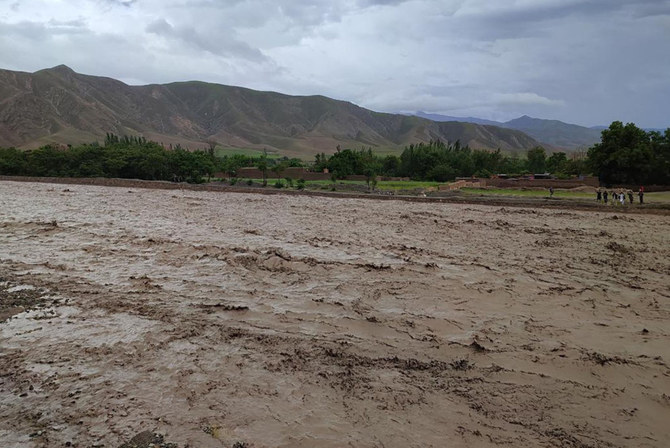
In a tragic turn of events, flash floods wreaked havoc in northern Afghanistan, resulting in the loss of more than 200 lives in Baghlan province alone. The catastrophe, triggered by heavy rains on Friday, left thousands of houses either destroyed or severely damaged, according to reports from the United Nations and Afghan officials.
The UN’s International Organization for Migration (IOM) revealed that the torrential rains led to massive flooding in Baghlan province, claiming the lives of over 200 people and causing extensive destruction to residential properties. In Baghlani Jadid district, approximately 1,500 homes suffered damage or were completely destroyed, with the death toll exceeding 100 individuals, as stated by an IOM emergency response lead citing figures from the Afghanistan National Disaster Management Authority.
The Taliban government also confirmed the tragic toll, with spokesperson Zabihullah Mujahid acknowledging the loss of at least 62 lives due to the floods as of Friday night. Mujahid expressed sorrow over the calamitous situation, highlighting the devastating impact on Afghan citizens.
The flash floods were not limited to Baghlan province, as several other regions across Afghanistan experienced similar disasters. Takhar province reported 20 fatalities, while northeastern Badakhshan, central Ghor, and western Herat provinces suffered heavy damages caused by the relentless rains.
In response to the crisis, emergency personnel have been swiftly deployed to the affected areas, focusing on rescuing and assisting the injured and stranded individuals. The Afghan defence ministry confirmed ongoing efforts to provide aid and support to those affected by the natural disaster.
Afghanistan’s vulnerability to such calamities is exacerbated by its geographical and climatic conditions, compounded by the nation’s prolonged history of conflict and poverty. The country’s limited infrastructure and resources make it particularly challenging to cope with the consequences of climate change, as scientists warn of increased risks posed by global warming.
Sources By Agencies


